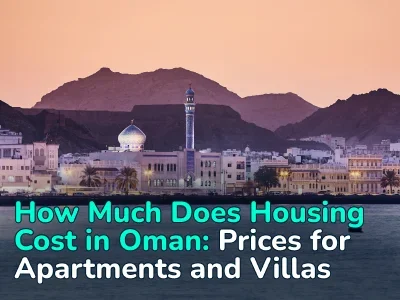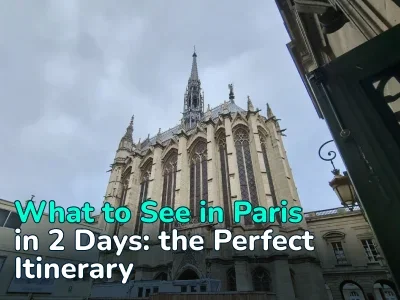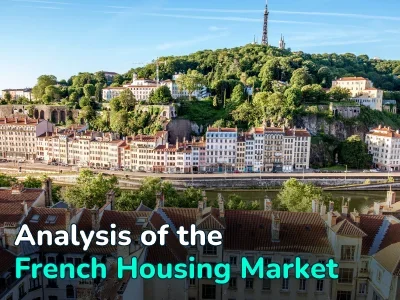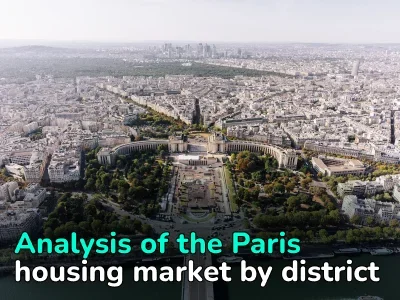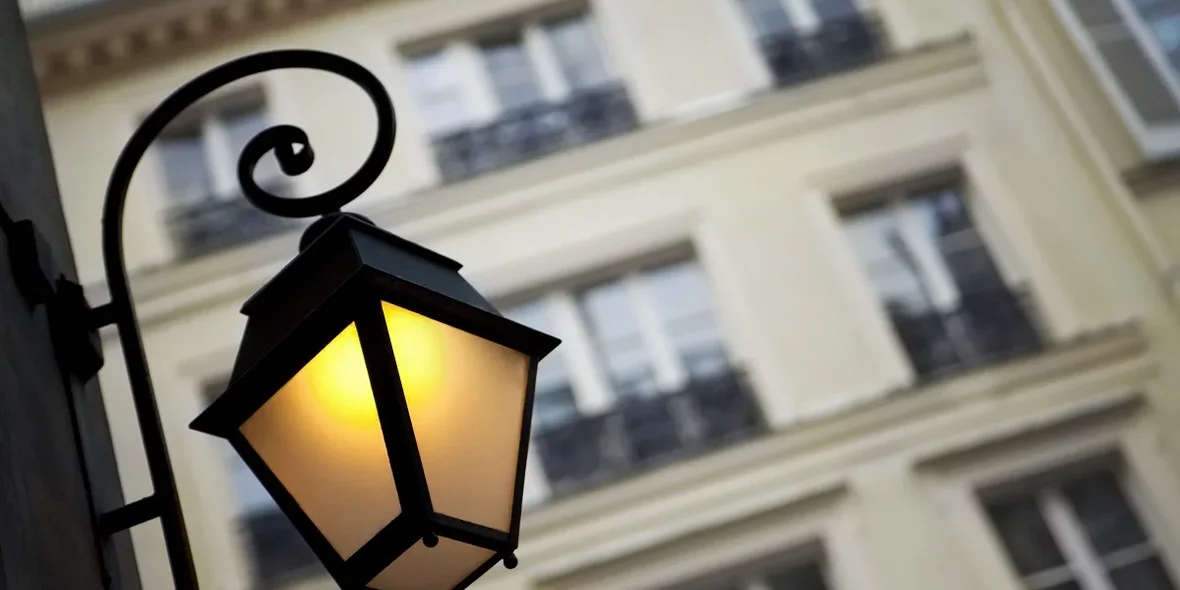
No high-rises can be built in Paris from now on. Why?
A new law, the “Local Urbanism Plan,” came into force in Paris, which limits the height of new buildings to 12 floors, or 37 meters. Despite having a high-rise symbol of the city, the Eiffel Tower, Paris has long been committed to low construction.
Similar restrictions have already been imposed in the French capital: in 1977, some parts of the city also limited the height of new buildings to 37 meters. This decision was prompted by the appearance of the 209-meter-high Montparnasse Tower, which had long been criticized by many Parisians. This restriction was in force until 2010 when new limits were set—180 meters for office buildings and 50 meters for residential buildings.
Thus, today's ban repeats the situation of 1977. This time, Anna Hidalgo insists on this decision as part of her program to reduce carbon dioxide emissions into the atmosphere, known as the Local Bioclimatic Urban Plan. Another reason for this decision is the controversial construction of the 180-meter Tour Triangle tower, designed by the Swiss studio Herzog & de Meuron. This has sparked a new debate about high-rise buildings in the French capital.
Proponents of the current initiative have put forward an environmental argument for the change, claiming that it becomes more difficult to build buildings that comply with bioclimatic principles if their height exceeds 30 meters—due to the energy costs of moving people and services such as water around buildings. However, it is worth noting that some still question both this move and its reasoning.
Author
I am responsible for editorial work. I write expert interviews and guides.















